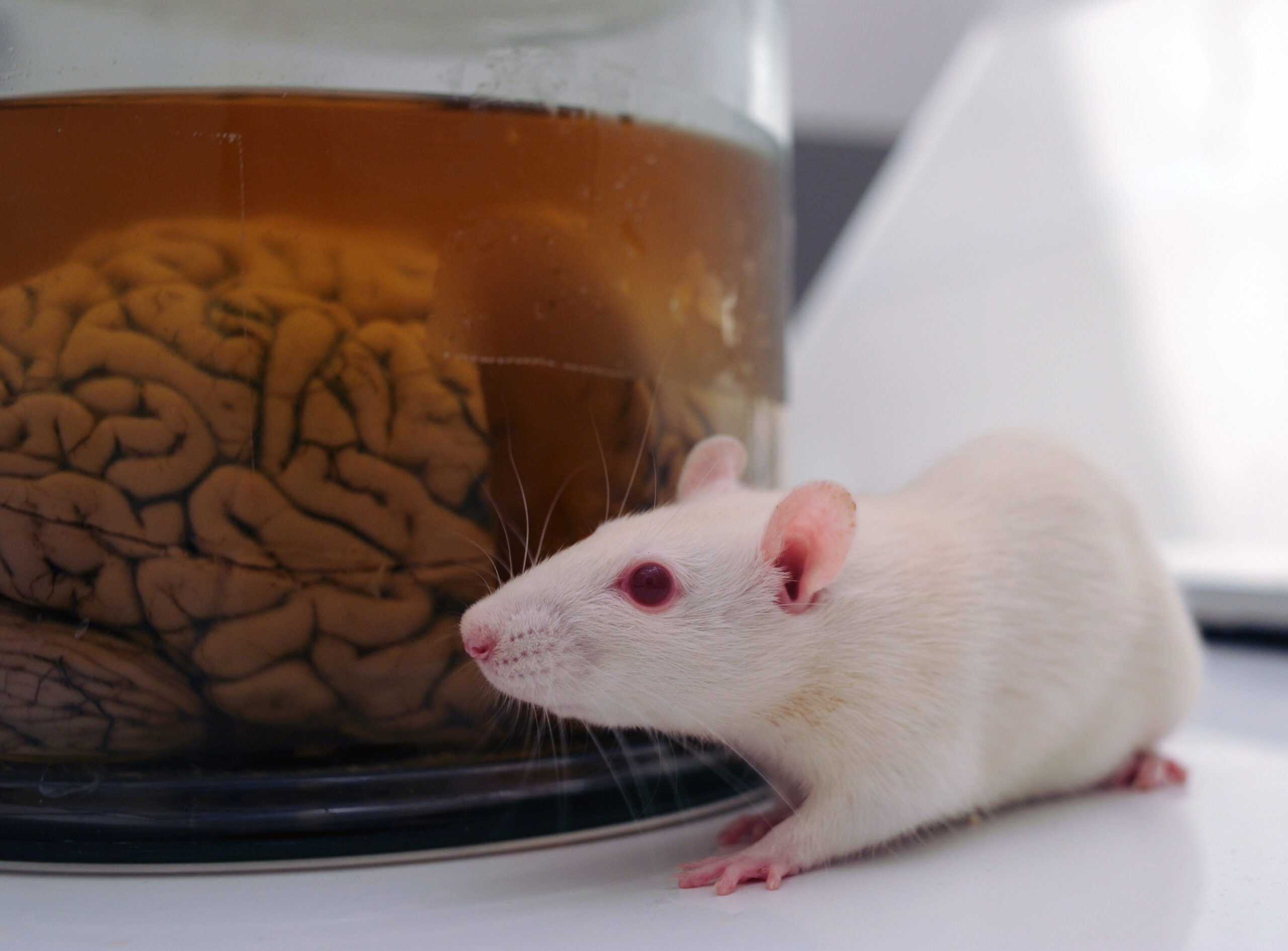Neuroplasticity is a general term that refers to our brain’s ability to change and adapt in response to different experiences. Recent evidence has discovered that perineuronal nets, or PNNs, play a major role in controlling neuroplasticity. PNNs are cartilage-like structures in the brain that contain compounds called chondroitin sulfates. Some of these compounds inhibit neuroplasticity, while others enhance it. As humans age, the ratio of these compounds in our brains changes, making our brains less plastic and more efficient. As a result, these changes can make it more difficult for our brains to form memories, leading to age-related memory decline. Age-related memory decline is a primary symptom of many dementias such as Alzheimer’s, which has more than 3 million new cases in the United States per year.
Researchers at the University of Cambridge and the University of Leeds recently looked at how these chondroitin sulfates affect memory in 20-month old mice, which is considered old. First, they performed a series of memory-related tests on the mice, then recorded the results. Older mice were much more likely to perform poorly on these tests. The researchers then treated the mice with a viral vector capable of increasing levels of chondroitin sulfates that enhance plasticity. When they tested the mice’s memory after this treatment, they found that the old mice were exhibiting enhanced memory and learning abilities characteristic of younger mice.
Researchers performed memory-related tests on mice
Image Source: dra_schwartz
To further test the role of neuroplasticity in age-related memory loss, the researchers then bred genetically modified mice that were born with lower amounts of chondroitin sulfates. These mice began to show signs of premature memory loss at as early as 11 weeks. However, increasing the number of chondroitin sulfates in these mice restored their memories to that of healthy mice.
The mechanisms that control memory in mice are very similar to those in humans. Researchers are optimistic that similar treatments could be used to help prevent or even reverse age-related memory loss in humans. They have already identified a potential drug that has already been licensed for human use which inhibits PNN formation. The researchers are further investigating this promising drug in relation to memory loss in animal models of Alzheimer’s disease.
Featured Image Source: polsen










